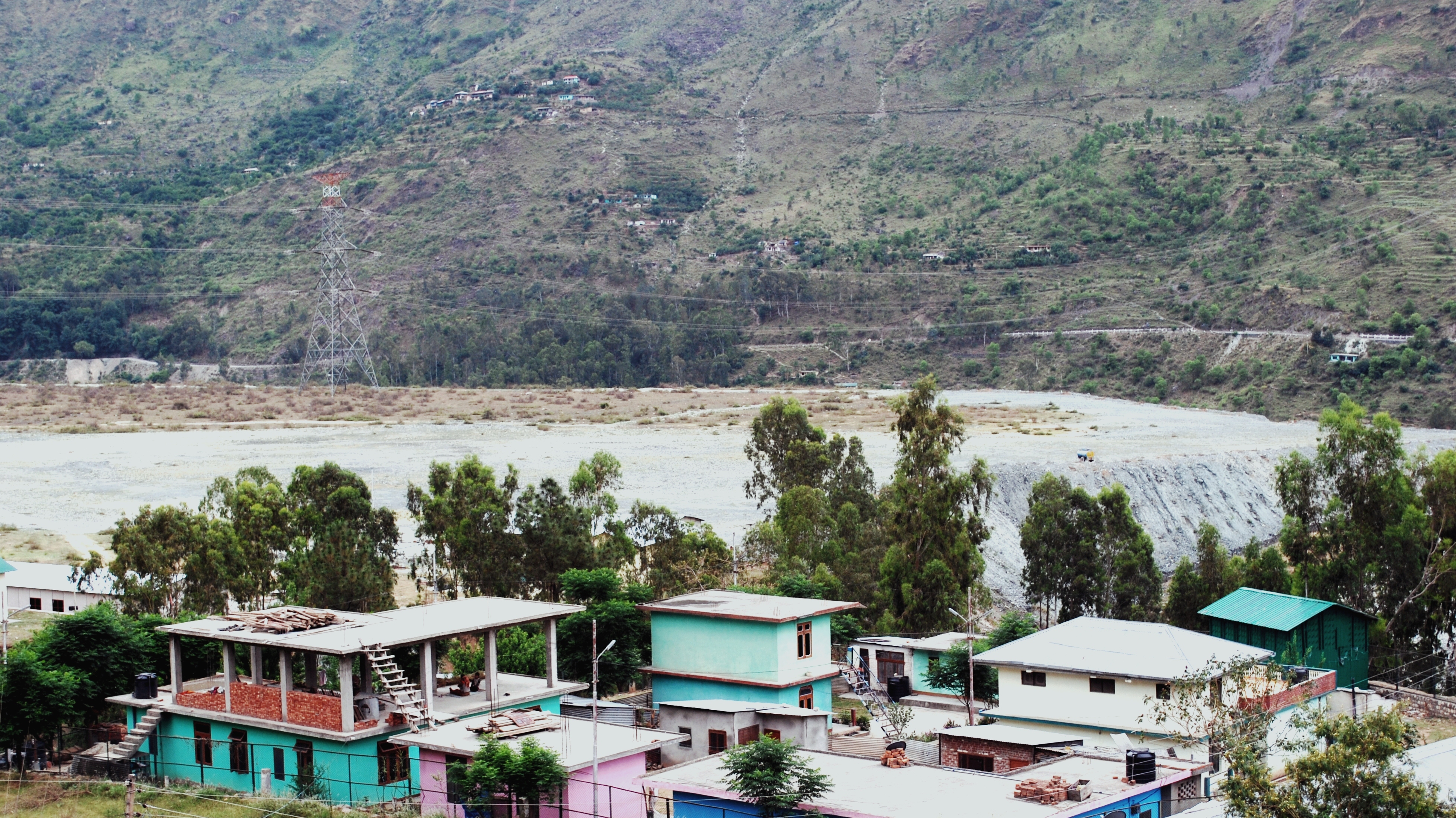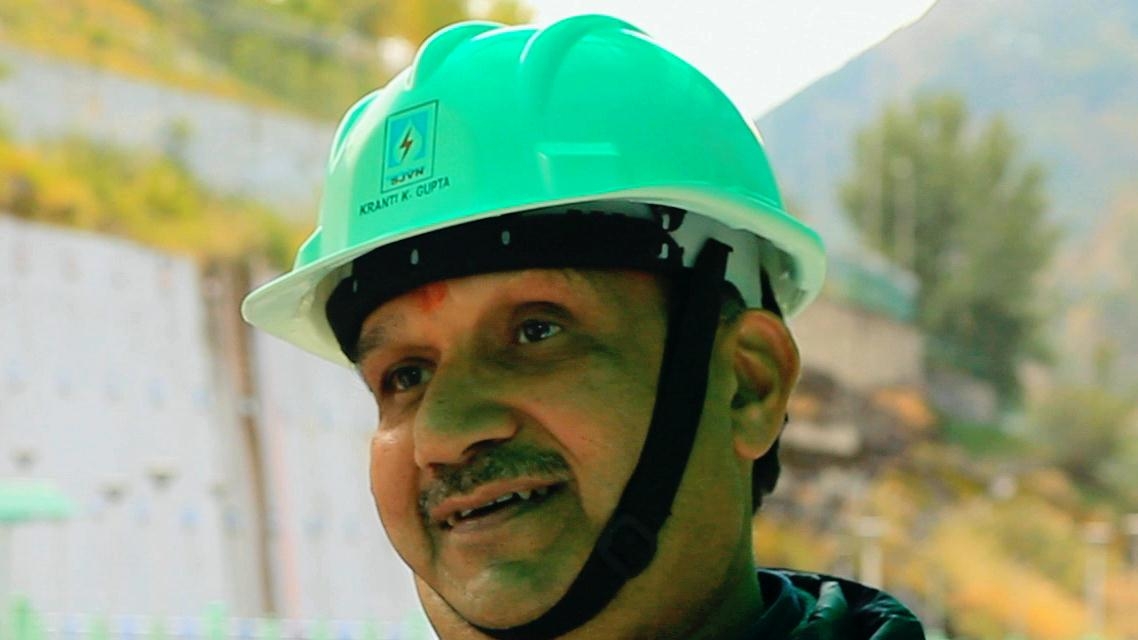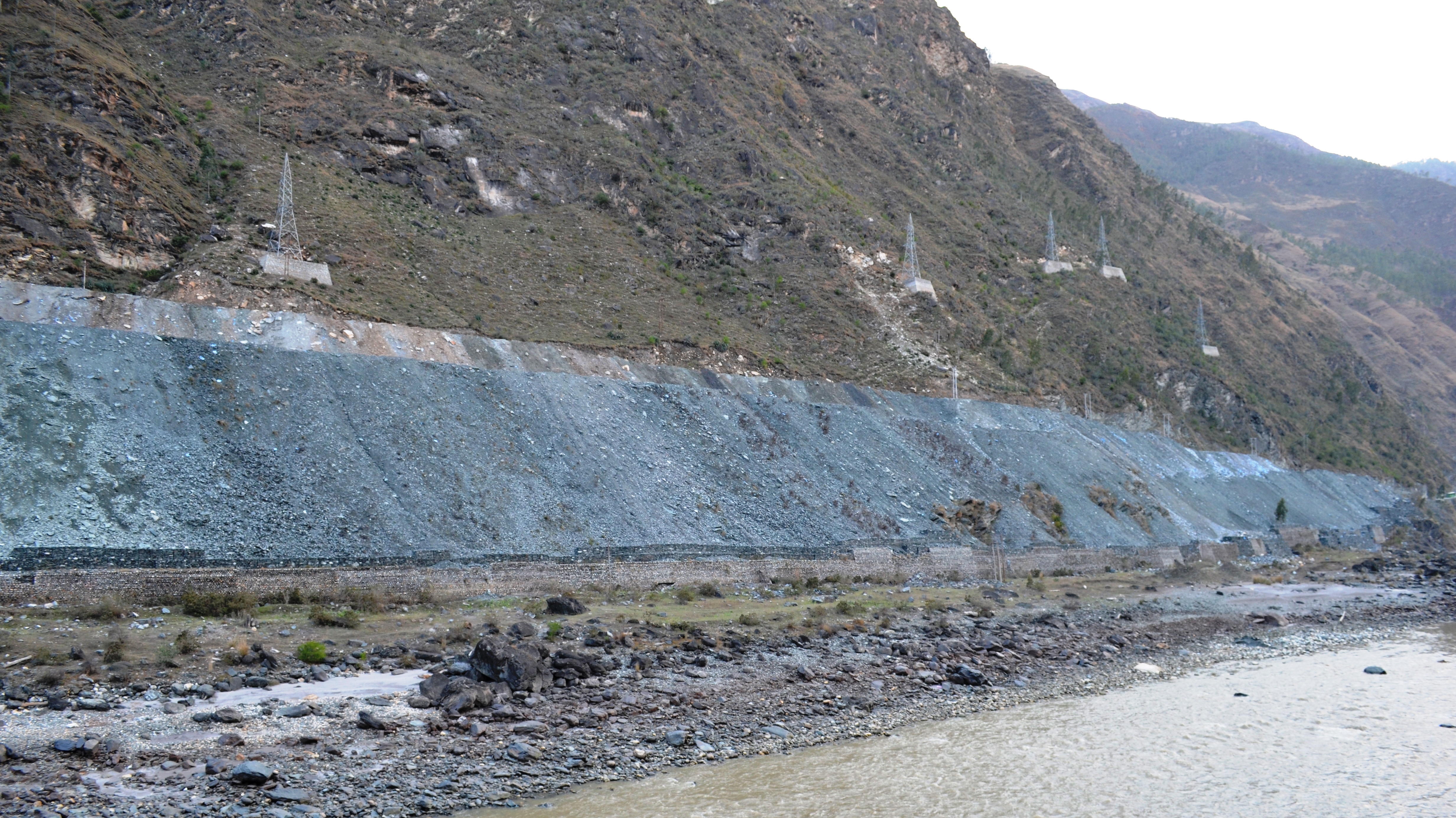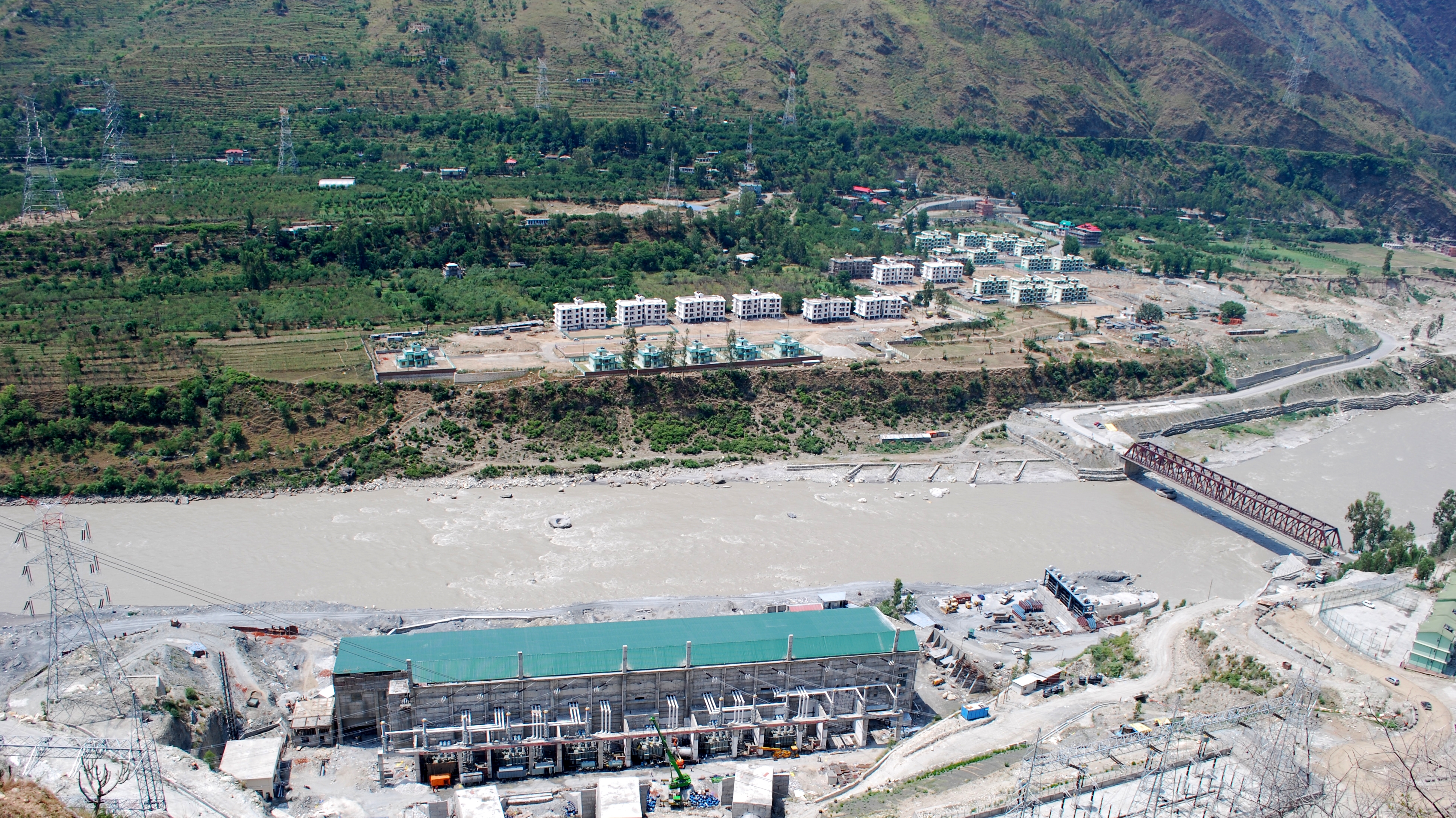A growing economy like India is hungry for energy. With almost 60 percent of its installed capacity being contributed by conventional thermal power plants, the country is keen to move towards low-carbon energy sources.
Fortunately, India is rich in fast-flowing rivers that cascade down from the mighty Himalayas – the vast water towers of Asia - and have huge potential for generating clean and renewable energy.
But, building hydropower projects in the fragile, geologically-young Himalayas is not easy, and only a fourth of India’s enormous hydropower potential has been harnessed so far.
This month, the Rampur Hydropower Project, situated high in the upper reaches of the mountain state of Himachal Pradesh, has begun to feed into India’s electricity grid, providing much-needed additional renewable power for homes, hospitals, schools and businesses.
The run-of-the-river project on the Satluj is showing that, if done right, hydropower plants can indeed generate clean electricity with a minimal impact on the environment. The project, constructed by SJVN Ltd, a public sector developer, and supported by the World Bank, will generate 412 MW of low-carbon electricity.
It will also avert 1.4 million tonnes of CO2 emissions that would have spewed into the atmosphere each year had the same amount of power been generated through conventional coal-fired plants.
People – we can’t grow without them
While India has long experience in developing hydropower, the Rampur Project has placed special focus on benefitting local communities and protecting the environment.
“Making local people stakeholders in our project is most important for us,” said K.K Gupta, who led the project on SJVN’s behalf of. “We can’t survive without them, we can’t grow without them.”
Accordingly, the project has paid special attention to improving the lives of people living in region’s remote mountain villages.
Displacement was minimal. The project built no new dam or reservoir, but carried water through a 15 km long tunnel drilled deep within the mountainside from an existing upstream power project to the new Rampur powerhouse.
Only 30 acres of private land was acquired. The 29 families who lost their homes were given land at places of their choosing, as well as the funds to build their dwellings anew.




